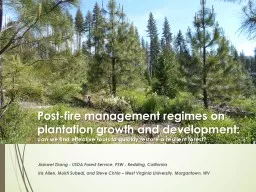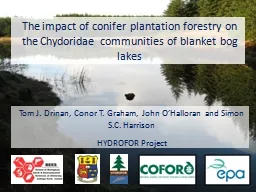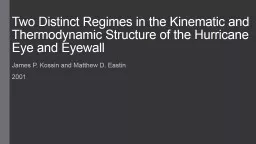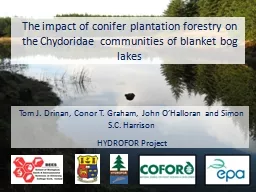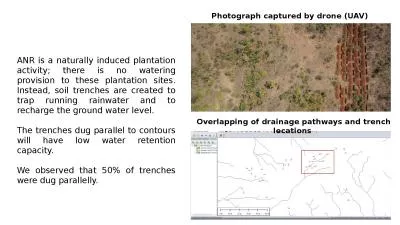PPT-Post-fire management regimes on plantation growth and development:
Author : gristlydell | Published Date : 2020-08-27
can we find effective tools to quickly restore a resilient forest Jianwei Zhang USDA Forest Service PSW Redding California Iris Allen Mukti Subedi and Steve
Presentation Embed Code
Download Presentation
Download Presentation The PPT/PDF document "Post-fire management regimes on plantati..." is the property of its rightful owner. Permission is granted to download and print the materials on this website for personal, non-commercial use only, and to display it on your personal computer provided you do not modify the materials and that you retain all copyright notices contained in the materials. By downloading content from our website, you accept the terms of this agreement.
Post-fire management regimes on plantation growth and development:: Transcript
Download Rules Of Document
"Post-fire management regimes on plantation growth and development:"The content belongs to its owner. You may download and print it for personal use, without modification, and keep all copyright notices. By downloading, you agree to these terms.
Related Documents

